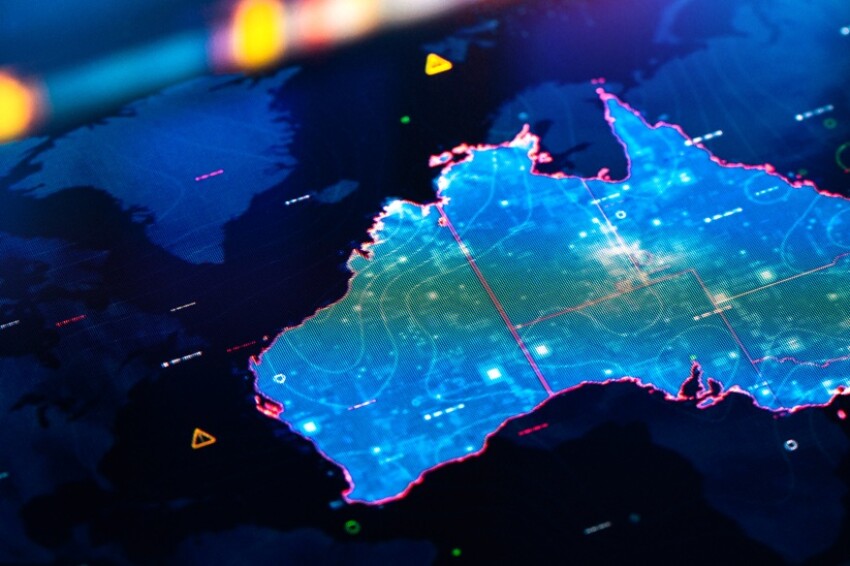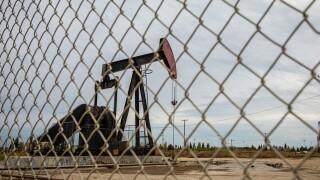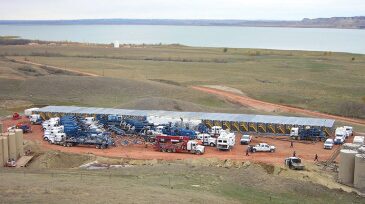Onshore/Offshore Facilities
Estimates commissioned by the Australian government suggest that increasing efficiency will lower costs for decommissioning offshore Australia.
This paper introduces an AI-driven digital fencing system designed to boost security in oil and gas fields. The main objectives are to improve security and safety of oil and gas facilities while addressing the limitations of legacy physical barriers, reducing false alarms, and eliminating the dependability on the grid in favor of renewable energy.
The contract will cover the design and manufacturing of tree systems, flexible flowlines, a manifold, and controls, as well as installation of the subsea production system.
-
This paper presents results from full-scale testing of a flexible riser equipped with embedded sensors for distributed-temperature sensing (DTS).
-
The root cause analysis of corrosion failure in a heat exchanger revealed inadequate cleaning, ineffective microbial control, and subpar monitoring of cooling water quality.
-
Mark Bothamley's series quantifying separation performance in the August-December 2013 issues represents a significant addition to the literature in two-phase separator design. Ken Arnold proposes additional areas of study to take our knowledge even further.
-
Deepwater capital expenditure is expected to more than double compared to the previous 5 year period. Douglas-Westwood also expects a continued trend toward exploration in ultradeepwaters in depths greater than 2000 m.
-
This paper demonstrates a design methodology that combines the API and American Society of Mechanical Engineers (ASME) Boiler and Pressure Vessels Code (BPVC) for designing an example subsea pressure containing component for HP/HT conditions greater than 15,000 psi and 250°F.
-
Water condensation and/or hydrate formation at the top of pipelines are serious design/operation considerations in pipelines. This paper reports the results of tests conducted in a new experimental setup constructed for investigating gas-hydrate risks in varied operational scenarios.
-
Over the next decade, the number of electrically powered subsea systems in operation around the world will increase as companies adopt new technologies to produce oil and gas offshore more efficiently.
-
The lifespan of a huge, old oil field in Oklahoma is now linked to a fertilizer plant 68 miles away. Chaparral Energy is capturing 45 million ft3/D of carbon dioxide (CO2) that had previously been vented into the atmosphere in Coffeyville, Kansas, compressing it, and sending it via a pipeline.
-
Research into whether CO2 can be used to coax billions more barrels of oil from unconventional formations is beginning to show promise.
-
Tests showing increased recoveries in the Bakken formation using CO2 could have significant implications for the upstream oil and gas industry.













